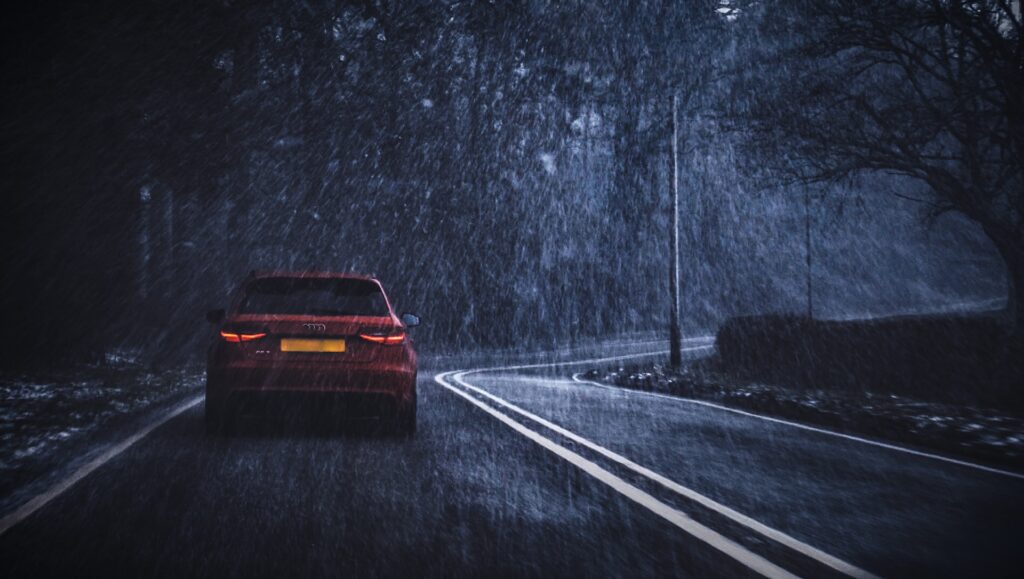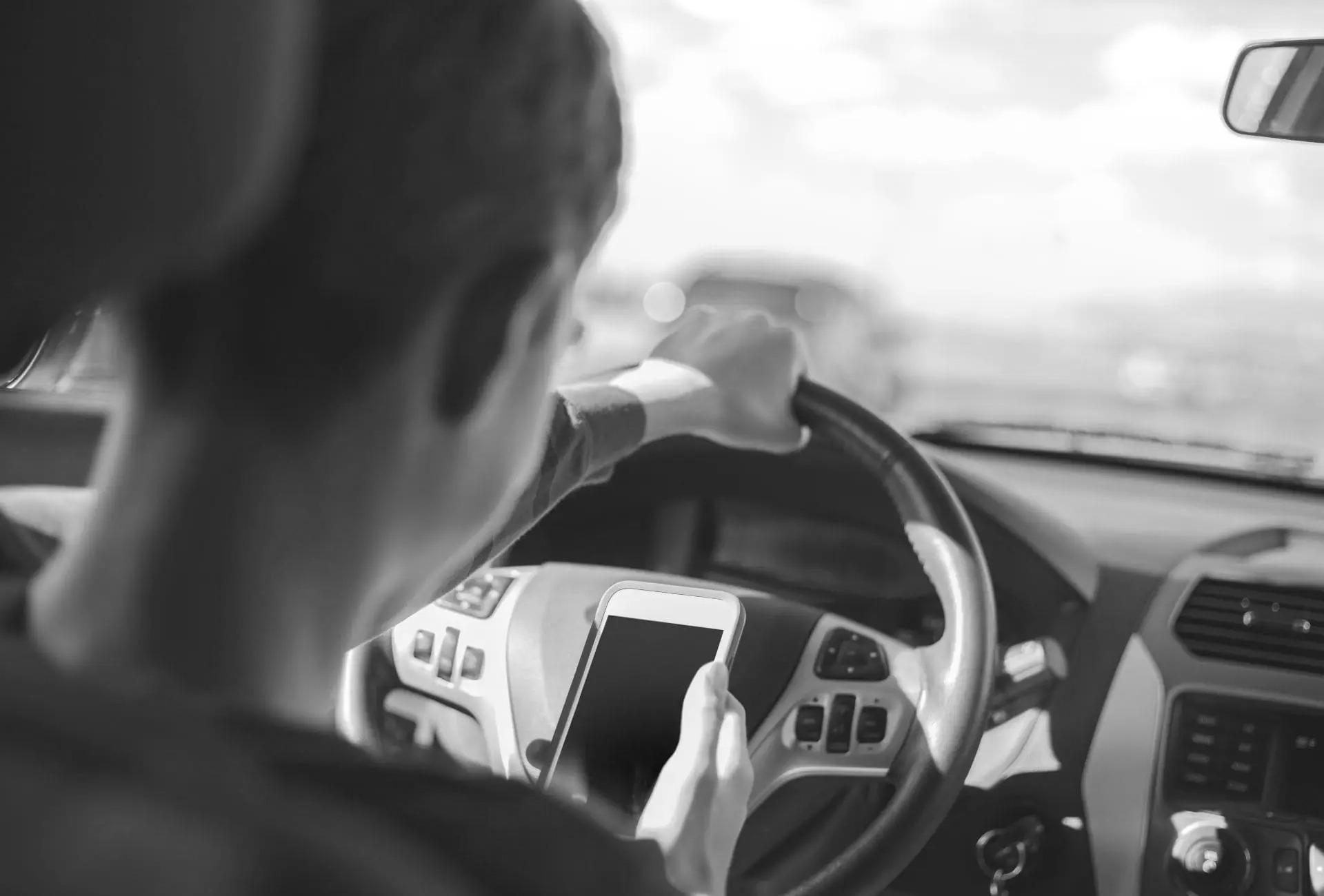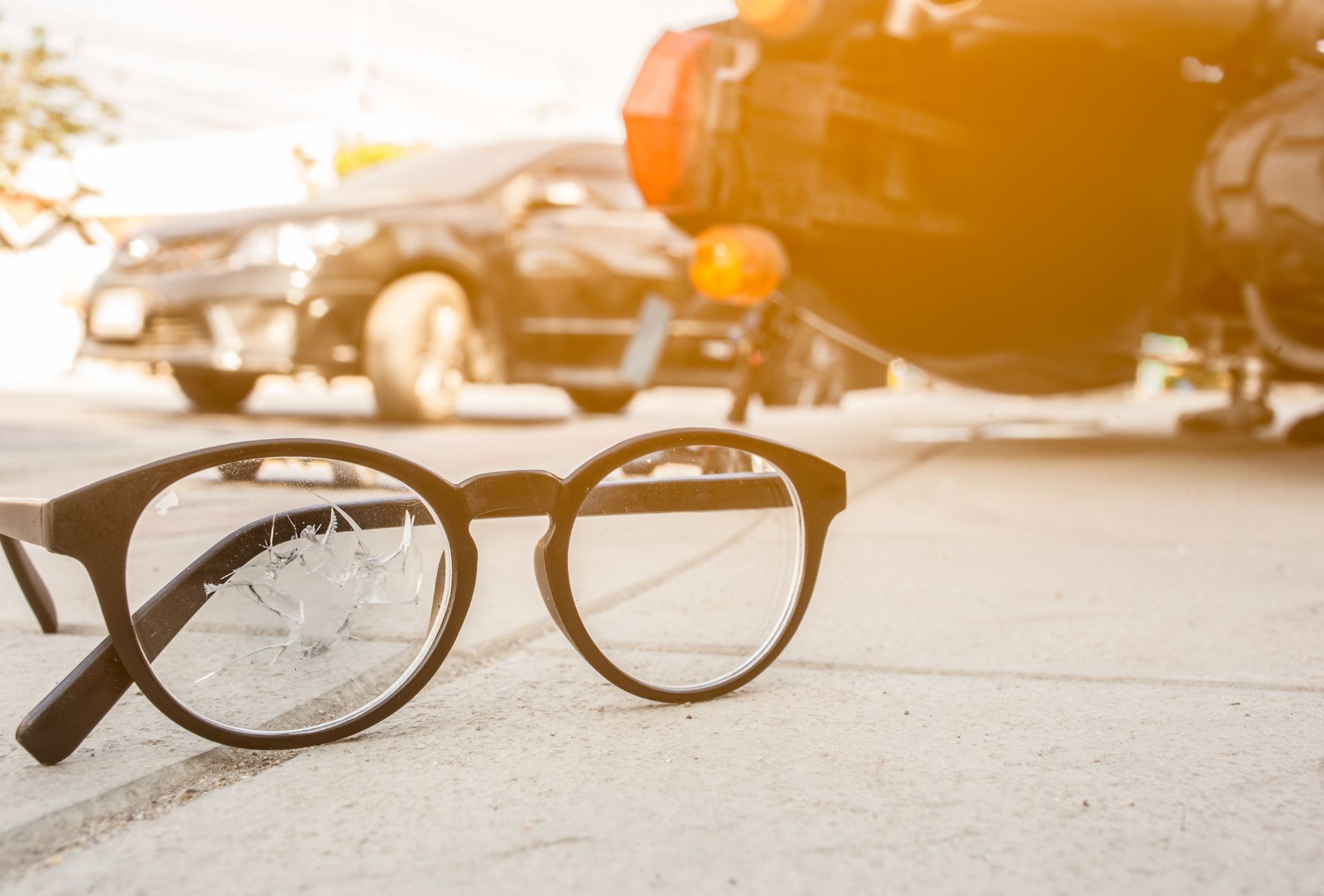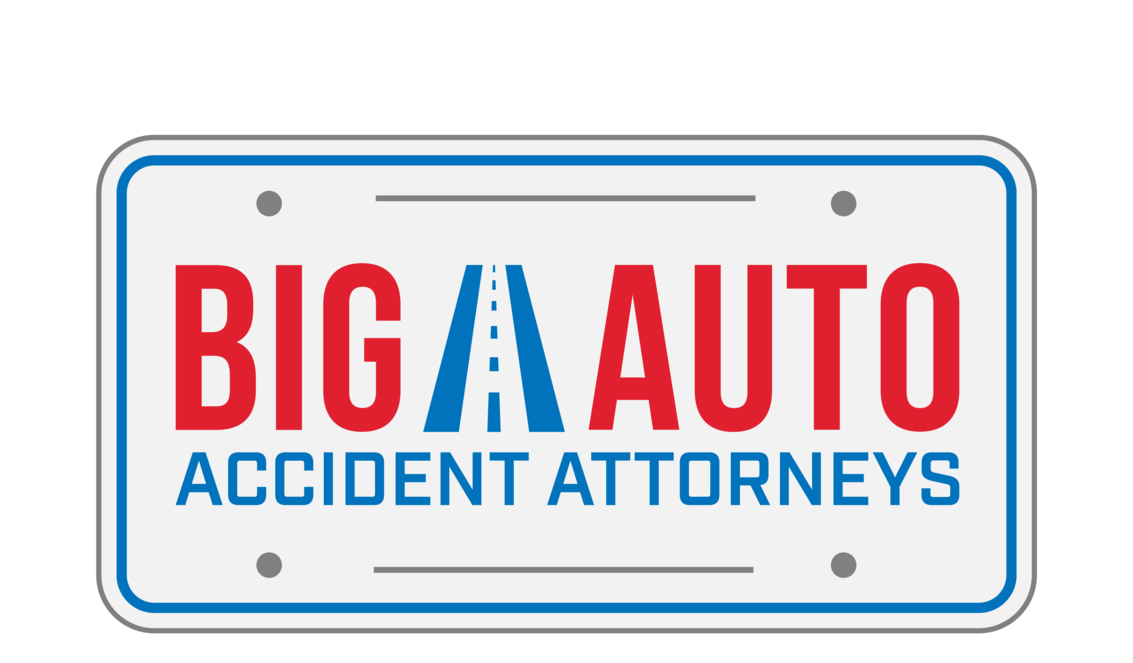Rain Accidents
Lawyer BIG AUTO
FREE CASE REVIEW
FREE CASE REVIEW ⟶
YOUR NATIONAL TEAM
BIG AUTO has won MILLIONS for their clients
One of the leading causes of traffic accidents is weather, and rightfully so. Whether you live in the desert or the mountains, making your way through less-than-ideal weather conditions can turn your drive into a veritable obstacle course of dangerous conditions. While snow and ice take the top spot in creating hazardous driving conditions, rain is a more widespread danger because every driver must deal with it at some point regardless of geographic location.

You Need Big Auto.

Your message has been sent
Thank you for contacting Big Auto, a representative will be in touch within 24 hours.
By clicking “submit” a visitor understands and agrees that sending information to the firm will not create an attorney/client relationship and may not be kept confidential. Information sent through this link will be used to check for conflicts and schedule a consultation. An attorney-client relationship is formed only when both a potential client and a lawyer with the firm both sign a fee agreement. By submitting your contact information, you agree that we may contact you by telephone (including text) and email in accordance with our Terms and Privacy Policy.
What to do after the accident


1 (844) BIG-AUTO
Let Us Help You!
Accidents of any kind can disrupt your life in various ways. One that happens due to rain may leave you without a car and worse, you may have injuries that leave you unable to work. Insurance companies may not fight for you the way they should. This is where we can step in and help. When you find yourself the victim of a weather-related crash, you want a team that has your back! Contact us and find out more about what our firm has to offer in the way of support and assistance. Let us help you get the peace of mind and closure you need to move forward after a rain accident.
To learn more about your rights after an accident, call us today at 1 (844) BIG-AUTO
How much does it cost to start my case?
If we don’t win, your case is free. When we take on your case, we’re confident we can obtain a recovery you’re entitled to. In fact, we won’t charge you anything if we don’t win for you.
FREE CASE REVIEW FREE CASE REVIEW ⟶Case Type FAQ
How Does Rain Make Driving More Dangerous?
What Are Some of the Common Crash Scenarios in the Rain?
Can You Do Anything To Stay Safe in the Rain?
What Happens if You Get in an Accident in the Rain?
How Does Rain Make Driving More Dangerous?
Rain is a weather event that is often welcomed in many parts of the country. With increasingly dry climates and a record-breaking year for heat on the books, any kind of precipitation benefits not only the environment but the water supply. However, just because it is beneficial, does not mean it is enjoyable.
From a few moments after it starts to fall, rain can drastically alter the conditions of any roadway. For instance, a gravel or dirt road can become muddy, thereby making it hard to traverse with regular vehicle tires. Asphalt is the most common road surface and because of its makeup, it can change with just a small amount of moisture. The oil that coats the surface does not mix well with water, making traction more difficult.
Some of the most common challenges facing drivers during a rain storm include:
Slicker Roads: Moisture on any roadway negatively impacts tire traction. This, in turn, results in a more difficult vehicle to control. Cars and trucks may slide over roadways, a phenomenon known as hydroplaning, which makes steering almost impossible. Wet pavement is a factor in 70% of all car accidents, with 46% of these occurring during the rain.
Flash Floods: Depending on the area of the country you live in, the roadways may be prone to flash floods during periods of excessive rainfall in a short amount of time. The threshold is unique to each region, with desert areas only needing a mere two inches of rainfall in a six-hour window to cause flash floods. Flash floods often occur in low-lying areas, dry creek beds and valleys. In the southeast, roadways that are adjacent to rivers, creeks and other full waterways are prone to be underwater in a short amount of time. It only takes six inches of water to sweep away a car.
Reduced Vision: Rainfall can make it more difficult to see what is happening outside the vehicle. Even a small amount of consistent rain on the windshield necessitates the use of wipers to keep the line of sight clear. However, the vehicles in front of you will also kick up an additional deluge of water, further reducing your line of sight. As visibility deteriorates, the possibility of a crash increases.
What Are Some of the Common Crash Scenarios in the Rain?
Rainfall does more than impede a vehicle’s performance; it also hinders yours. The most dangerous part of driving during a rain event is the drivers who do not take into account the deteriorated and dangerous roadway conditions. While some crashes are purely accidental and can happen even to the most diligent and dedicated driver, others are entirely preventable.
Rear-End Collisions
The most common type of car crash is one where a driver strikes another from behind. The reasons for this vary, and include factors such as:
- Distracted driving
- Following too close to other vehicles
- Speeding
- Weaving through traffic
When these same practices occur in the rain, rear-end collisions occur at higher rates. In the rain especially, tires become compromised by the roadway conditions making stopping and controlling the vehicle more difficult.
Sliding
Much like ice, hydroplaning on wet roads can cause you to lose control of the steering of your vehicle, thus making it almost impossible to control directionally. In some instances, drivers may spin out while hydroplaning, sliding and smacking into guardrails, barricades and other vehicles.
Jackknifing
Semi-trucks are an integral component of the supply chain, and these big rigs traverse the roadways across the country at all hours and through all weather conditions. One of the most catastrophic crashes involves semi-trucks and passenger vehicles. A semi can jackknife easier in the rain, making the driver lose control of the location of the trailer. In most cases, the trailer winds up at a right angle with the cab, sweeping across all lanes of traffic and vehicles.
Can You Do Anything To Stay Safe in the Rain?
One of the most important factors in staying safe on the roads is driver education. Driving defensively rather than offensively, or aggressively, can give you more time and space to avoid a crash. Driving in the rain, however, may take another level of preparation and concentration, among other things to avoid becoming the victim of an accident.
First, keep your vehicle well-maintained, especially the windshield wipers. As the wipers wear down, so does their ability to clear water. In fact, as the rubber breaks down due to oil and dirt buildup, the wiper will smear water rather than disburse it. This makes an already difficult visual situation worse by clouding eyesight on the road ahead.
Along with windshield wipers, you should ensure your headlights and taillights are functioning. Headlights on during the rain, even during the day, is a law in many states. This is because it illuminates the roadway ahead, and gives you taillights to follow. If your lights are dim or not working at all, you are putting yourself at a disadvantage, and creating a hazard for other drivers who cannot see you.
When you face wet roads and rain conditions, it is always a good idea to engage in the following:
Reduce Speed: Slow down to a safer speed, but do not go so slow that other vehicles are flying around you.
Pull Over: If you feel unsafe during a rainstorm, pull off the roadway into a parking lot. Do not stop on the side of the road unless it is an emergency.
Leave Space: Give yourself extra room between the car in front of you in case you need to stop suddenly.
Use the Defroster: Use your vehicle’s ventilation system to keep the windshield defrosted and clear. Even in warmer weather, the temperature difference between the inside and outside of the car can cause the windshield to fog up, further reducing visibility.
One thing you should avoid doing while driving in the rain is engaging your emergency flashers. In some states, this is illegal because it creates an extra hazard on the road. If everyone driving in the rain has their emergency lights flashing, you will not be able to differentiate between moving and stopped cars. This may result in catastrophic crashes, including death if there is a stopped vehicle with a passenger or driver standing outside tending to a breakdown.
What Happens if You Get in an Accident in the Rain?
You can do everything within your power to stay safe and still find yourself in a crash. If you do get in an accident while it is raining, you should not exit your vehicle until it is safe to do so. While it is customary practice to leave your vehicle in its original crash location until the police arrive, you may not be able to do this in the rain. Accidents on highways, for example, often lead to chain reactions if vehicles are not moved well off to the side of the lanes. Ensure your safety and security first and foremost.
When you call the police, do tell them whether you were able to relocate the vehicles. If the weather has cleared before help arrives, you want the report to contain information about the rain conditions at the time of the crash. This may become crucial to insurance companies and they will want to verify that rain played a role in the crash.
Depending on the insurance laws in your state, you may face some form of liability even if the rain played a part in your crash. For instance, if the police report indicates one or both vehicles were moving at a high rate of speed, or if your vehicle has a headlight or taillight out, this may be enough for the insurer to rule you as negligent or partly at fault in a crash. If this happens, you may face less coverage or even find yourself on the hook for paying the other driver’s expenses.
Other Cases We Handle
 Learn more about Big Auto distracted driving accident cases.
➙
Learn more about Big Auto distracted driving accident cases.
➙
 Learn more about Big Auto drunk driving accident cases.
➙
Learn more about Big Auto drunk driving accident cases.
➙
 Learn more about Big Auto motorcycle accident cases.
➙
Learn more about Big Auto motorcycle accident cases.
➙
 Learn more about Big Auto hit and run accident cases.
➙
Learn more about Big Auto hit and run accident cases.
➙
 Learn more about Big Auto taxi accident cases.
➙
Learn more about Big Auto taxi accident cases.
➙

